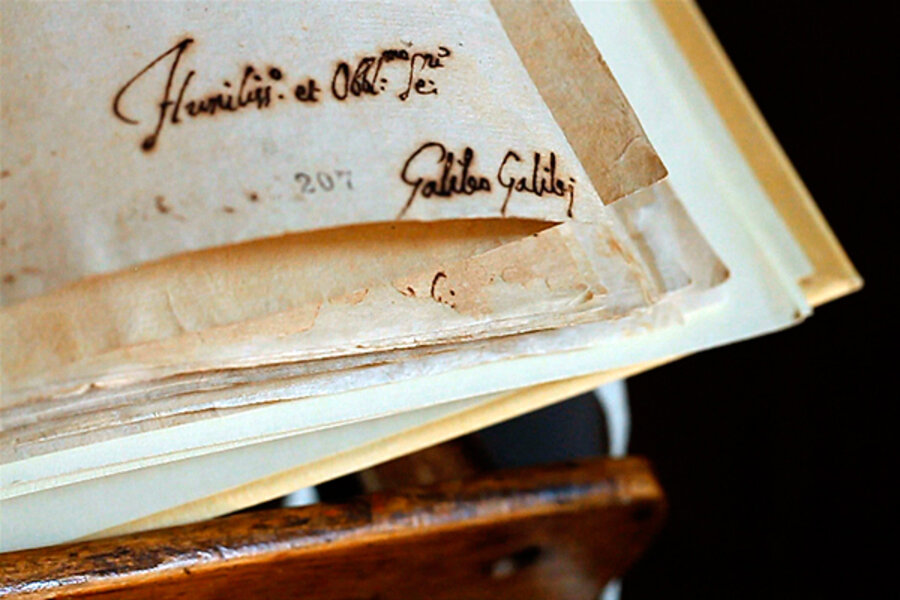Mary, a rallying force for the Catholic cause in England, wrote a letter in French to Pope Sixtus V from Fotheringay Castle in Northamptonshire, England, in November 1586. In the letter, she professes her allegiance to the “universal” Catholic Church of Rome and rails against the falsehoods perpetrated by her enemies in England.
The letter was written a few weeks before her execution for alleged involvement in plots to assassinate Queen Elizabeth I. She claimed that the tribunal that condemned her to death was illegitimate and heretical.





